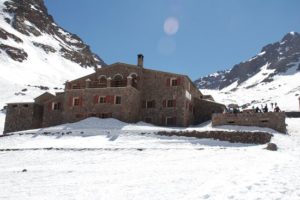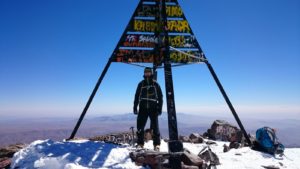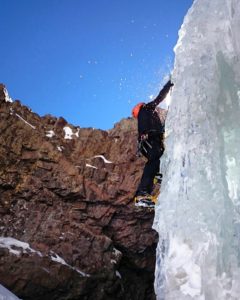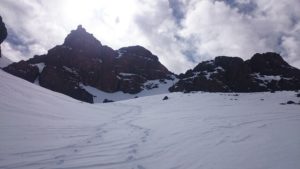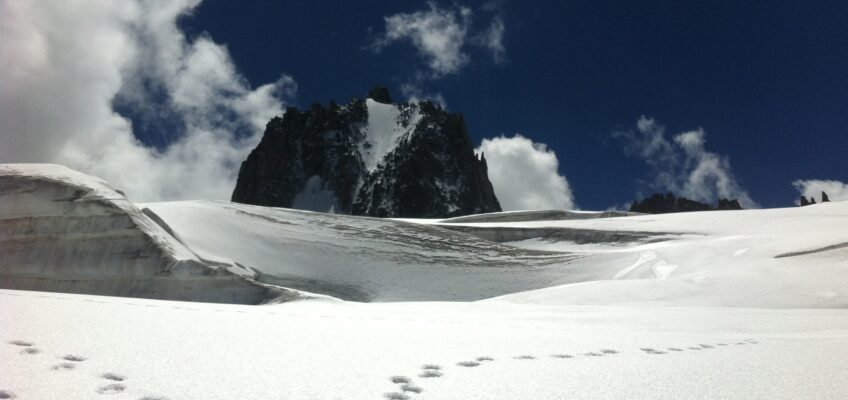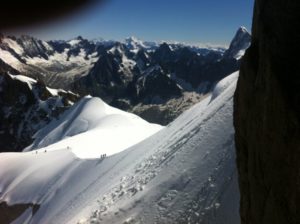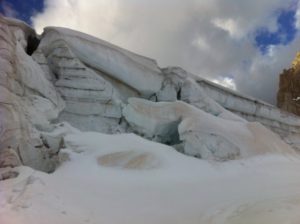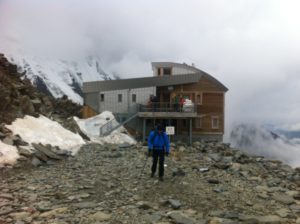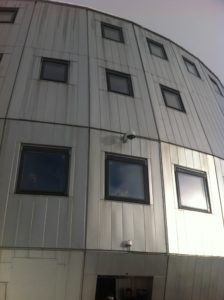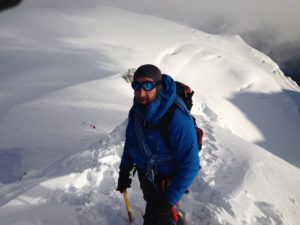This blog is pretty much self-titled, so read on if you’re looking to expand your playground and take your first steps out into the UK mountains during winter.
Firstly, you might be thinking what makes me such an expert? I’m not an expert that’s for sure and I’ll never claim to be one. However, I do have a fair bit of winter experience dating back some 25 years to February 1995 when I passed SAS winter selection in the Brecon Beacons. Since then I have gone on to walk and climb during winter in North Wales, the Lake District, Scotland, the Alps, Norway, The High Atlas Mountains of North Africa and Annapurna Sanctuary of Nepal. I’m an experienced mountaineer and qualified Winter Mountain Leader and Mountain Rescue team member.
Anyway, back to the agenda, first of all you will ideally have a few years’ experience of summer walking and scrambling in the hills and mountains in most weather conditions and have a basic understanding of how to look after yourself: eg how to get an accurate weather forecast, basic mountain navigation skills and an understanding of what nutrition, clothing & equipment is required for a typical day in the mountains. Next steps are to get out when the snow is down; I would recommend building confidence slowly and avoiding the likes of Snowdon, Scaffel Pike or Ben Nevis as it is normal to get icy conditions on footpaths leading to these summits making conditions quite difficult and the risk of a slip or fall much greater unless you are already confident with wearing crampons. There is more value in attempting some lower level summits (eg under 900 metres) such as those found in the Brecon Beacons and select parts of Snowdonia where you can avoid ice covered footpaths and practice moving over snow covered terrain and still have an enjoyable and rewarding day.
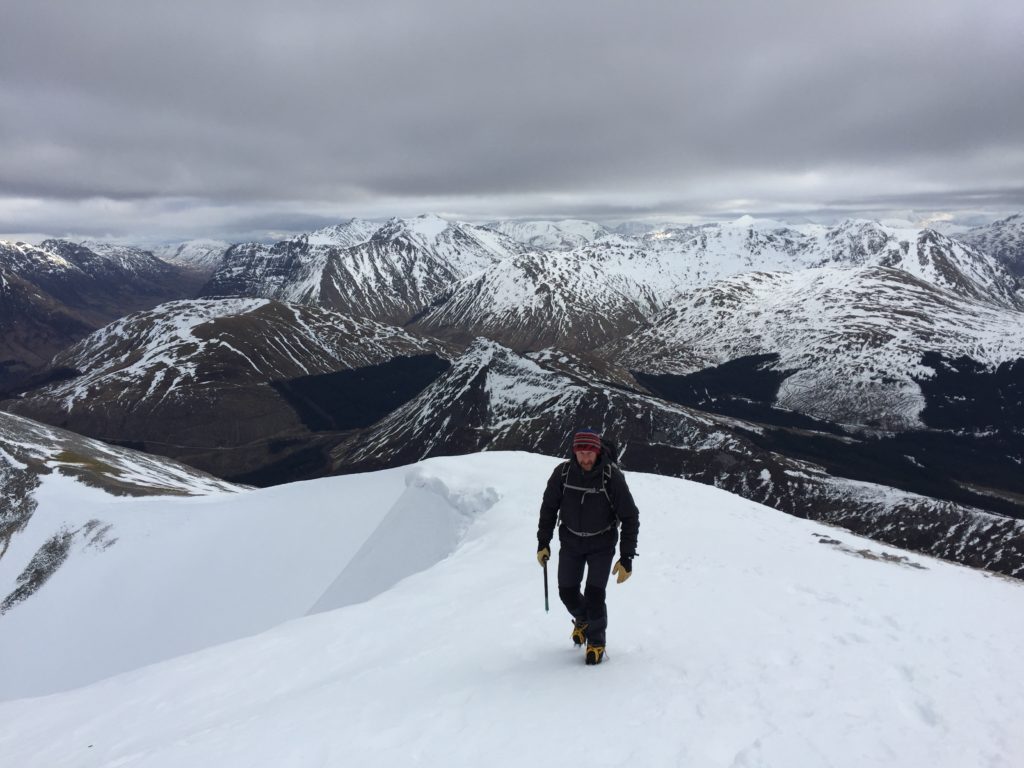
Fitness & Nutrition
When you head into the mountains in winter conditions it’s a fact that you will burn more calories compared to summer conditions; this is based on two main factors:
- Trudging through deep snow is physically demanding and takes much more effort to make the high knee lifts compared to the equivalent route during summer conditions.
- Due to colder air temperatures and windchill alone requires an increase in calories to maintain core body temperature.
Taking this into consideration, you need to ensure you fuel your body accordingly and ensure you eat a good high calorie breakfast such as porridge, banana and toast or a cooked breakfast before setting off for the day. Throughout the day you should aim to consume high energy, high fat snacks to replace spent calories. Consider carrying a high energy gel sachet in case you run out of gas. It is also vital that you hydrate before during and after activity, especially if you plan on heading out the following day. Personally, I don’t recommend drinking caffeine before heading into the mountains as it acts as a diuretic causing your bladder to fill more frequently resulting in making you feel the urge to pee more often and hence dehydrate. As already mentioned above, you will burn more calories during winter mountain days, so it is important that you maintain a good base level of fitness and conditioning prior to getting out, this will prevent the onset of cramps or muscle soreness. Basic gym fitness, such as the use of a treadmill, rowing machine, spin bike or step climber a couple of times a week is a good substitute to mountain walking if you cannot access the mountains during the week due to location and work commitments.
Clothing
An important factor when heading into the mountains in winter is to try and limit sweating to an absolute minimum.
In winter, too many layers can result in excess sweat that gets trapped inside your clothing. This can result in significant cooling of core body temperature. Worst case this can lead to hypothermia if combined with over exertion and not dealt with early enough, especially when exposed to the wind on higher summits. It will also result in the need to replace fluids to keep hydrated which can result in the need to carry additional weight in terms of drinks. So even if you have a brand-new North Face puffer jacket that your keen to wear, keep it in your rucksack until it’s really required. You should start walking feeling slightly chilled, you will warm up as you get moving. As the saying goes “Be Bold, Start Cold”, I generally find a long-sleeved base layer and breathable outer mid layer enough for most dry winter conditions. If it’s snowing, raining and/or significant wind chill I will add a hard-shell outer layer such as Goretex or Paramo. Depending on your plans, consider wearing gaiters to prevent snow getting down the top of your boots, many smaller streams will be snow covered and you’ll only find this out when one of your boots pokes through the snow and the water flows over the top of your boot. You may want to consider carrying a spare pair of socks.

Getting the Right Skills
After bagging your first few easy low-level summits in winter it’s time to start up skilling to ascend the higher summits and ridgelines; this will ensure you get the best out of your winter adventures. I seriously recommend either hiring a Winter Mountain Leader (WML) or Winter Mountaineering & Climbing Instructor (WMCI) for a day or two to learn some basic crampon & ice axe skills to keep you safe. This followed by a five-day Introduction to Winter Mountaineering in Scotland will help consolidate newly acquired skills and get you ready to tackle your own winter days in the mountains.
You can find a suitably qualified Winter ML or Winter MCI Instructor via the link https://www.mountain-training.org/find-a-leader
You can find plenty of winter courses ranging from one to five days at Plas y Brenin Mountain Sports Centre, Capel Curig, North Wales https://www.pyb.co.uk/scottish-winter-courses/ or Glenmore Lodge, National Outdoor Training Centre, Aviemore, Scotland https://www.glenmorelodge.org.uk/winter-mountain/
If you are serious about getting out in winter you will need to learn about avalanches and how they are triggered. Again there are several courses and workshops available to improve your understanding and gain further knowledge. As an active mountaineer I attend sessions at the beginning of each winter season in attempt to improve my knowledge with the latest research, and ensure I know how to access and interpret the data.

Again, If you are serious about winter walking you will need to invest in the following items of additional clothing & equipment as an absolute minimum and they will need to be carried with you:
- Crampons (C2) to match a B2 or B3 rated boot, this may result in you having to upgrade your current walking boot, but this is recommended as you will need a stiffer boot to secure the crampon to and it will be warmer also. There are many crampon manufacturers out there, but I can recommend Grivel, Petzl or Singing Rock if on a budget.
- Ice Axe – a general purpose straight shafted walking axe between 45-55 cms is a must, this depends on your physical height. Again, I would recommend DMM or Grivel as the best manufacturers for this.
- Synthetic or Down Jacket – required for when you stop, this goes on over the top of all other jackets, so size accordingly. Synthetic is generally seen as the best for British winter conditions as it will keep you warm even when wet. There is a plethora of manufacturers out there selling this type of gear so be careful not to spend your hard-earned cash on something that just looks good on the high street or down the pub. I recommend Arcteryx, Mountain Equipment, Paramo or Montane if on a budget. The Montane Prism jacket is a great all-rounder and is an essential piece of kit for layering without significant bulk and weight.
- Flask – hot drink
- Spare gloves – at least 2 pairs
- Snow Goggles – clear lenses recommended as they offer best light conditions.
- Group shelter – min 2 persons
- Blizzard jacket or blanket for an emergency.
Progressing Winter Skills – What Next?
Once you’ve had a good induction into winter in the mountains and built confidence in your ability to ascend and descend steep slopes in crampons and use your ice axe to self-arrest, it’s worth considering tackling steeper more exposed terrain such as Grade 1 rocky ridges and gullies. This is a decision that should not be taken lightly due to the associated risks. However, if you feel you have a good head for heights, confidence with your navigation, interpretation of contours, an awareness of avalanche terrain then this is a natural progression. I recommend doing this with a competent winter walker or alternatively hiring a WML or WMCI as detailed above. It is worth noting now, avalanche forecasting information is only available in Scotland during the winter season, that does not mean that they cannot be triggered in England & Wales and yes, they do occur.
- Grade 1 Rocky Ridges – Typical ridges to consider, Snowdonia; Daear Ddu ridge on Moel Siabod, Seniors Ridge in Ogwen Valley and Tryfan North Ridge, Scotland; CMD arete leading to Ben Nevis or Fiacaill Ridge – Cairngorms. I recommend that you tackle these in summer conditions first prior to attempting in winter for familiarisation. There is plenty of literature out there regarding these routes so it’s worth researching first before committing to doing these routes. Note: ridges are generally considered to be the safer option in winter when there is a risk of avalanches being triggered.
- Grade 1 Gullies – Snowdonia; Easy Route in Cwm Cnefion, Banana Gully on Y Garn, Hourglass Gulley in Cwm Lloer. Scotland; Broad Gully on Bidean Nam Bian – Stob Coire nan Lochan. * Important Note, Grade 1 gullies can range in difficulties depending on snow, ice and avalanche conditions, you also need to observe if any other people are on the route already as they may knock debris down the route towards you or even trigger an avalanche. Snow gullies need to have been through a freeze thaw cycle and have consolidated snow, ice and frozen turf before attempting to climb. All these factors should be considered before heading into any gully. Finally, you need to consider your safest route off the mountain after completion, this needs to be planned before leaving the car park in the morning!
- Grade 2/3 Mixed routes and Gullies – These require further experience again and enter the remit of winter climbing, therefore are not covered in this post.

Recommended Reading
These are a few books that I have made good use of and recommend to anyone interested in winter walking & scrambling in the UK mountains;
- A Chance in a Million – Scottish Avalanches, Barton & Wright
- Scotland’s Winter Mountains – Martin Moran
- Staying Alive in Avalanche Terrain – Bruce Temper
- Mountaincraft and Leadership – Eric Langmuir
- Winterskills – Mountain Leader Training Handbooks Vol 3, Andy Cunningham and Allen Fyffe
- Scotland’s Winter Mountains with one axe – Garry Smith
Internet Resources
- Scottish Avalanche Information Service https://www.sais.gov.uk/
- Be Avalanche Aware, Decision making & planning tool http://beaware.sais.gov.uk/
- Information on getting outside and what to do in an emergency https://www.adventuresmart.uk/
- Mountain Weather Information Service https://www.mwis.org.uk/
- Air and turf temperatures for Cwm Idwal, Snowdonia https://www.thebmc.co.uk/idwal
- Air and turf temperatures for Helvellyn and Great End Crag, Lake District https://www.thebmc.co.uk/lake-district-winter-conditions
- Mountain Safety Videos Videos | Avalanche Geeks
Winter mountaineering can be extremely rewarding, some of my most challenging and memorable days have been experienced in the winter environment. Winter conditions change daily, sometimes in the matter of hours and are affected by temperature, wind speed and direction. Just because today was perfect conditions has no indication that tomorrow will be the same!
“Climb if you will but remember that courage and strength are nought without prudence, and that a momentary negligence may destroy the happiness of a lifetime. Do nothing in haste; look well to each step; and from the beginning think what may be the end.” – Edward Whymper
I do hope this blog has been of interest, please do get in touch if you have any questions or are interested in booking a winter skills course, all the best in adventures.
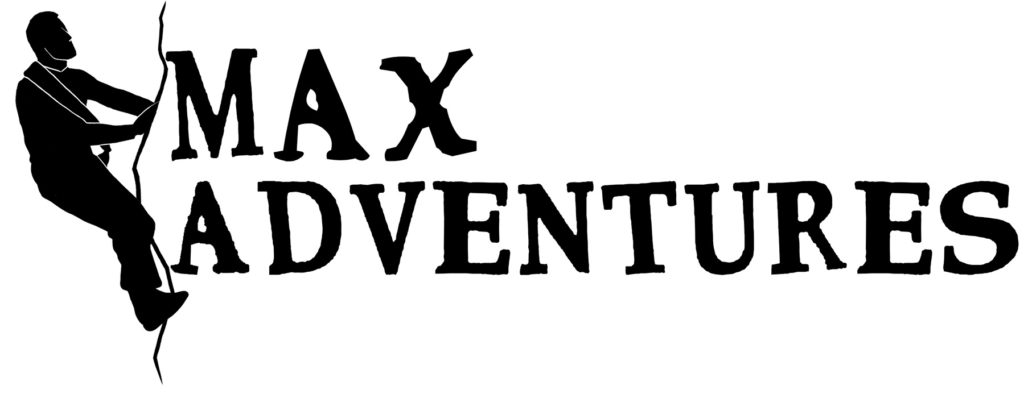

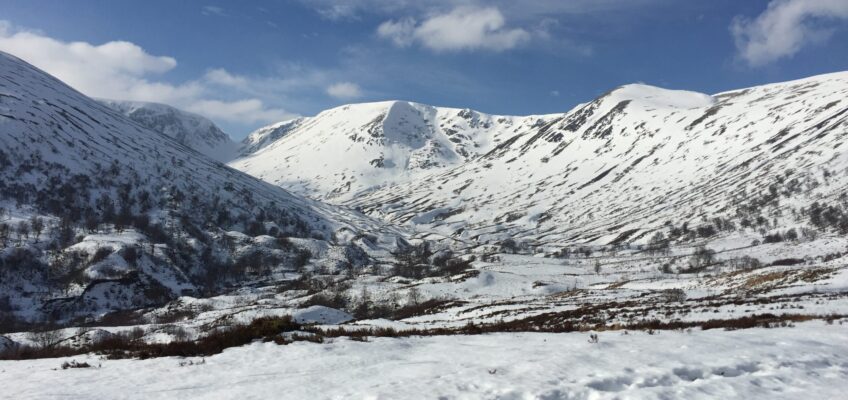
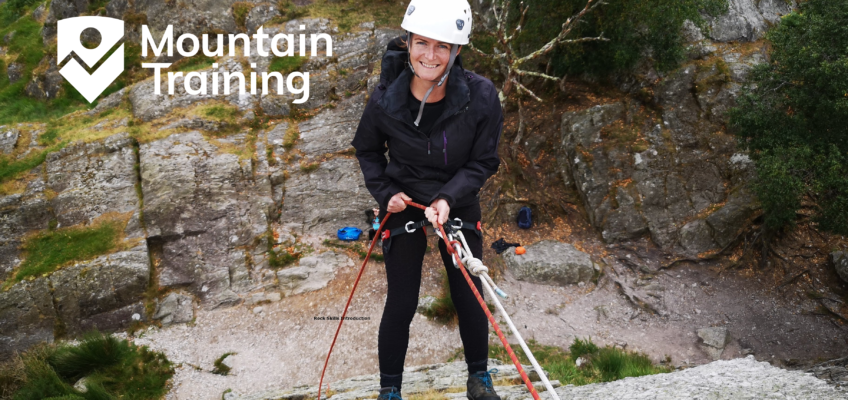


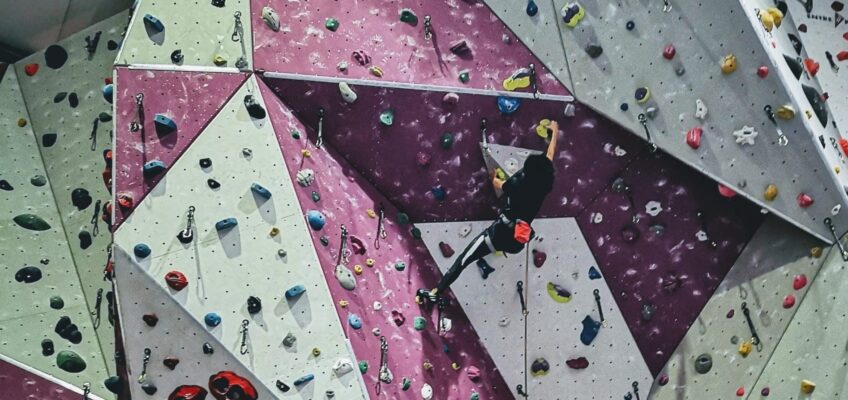

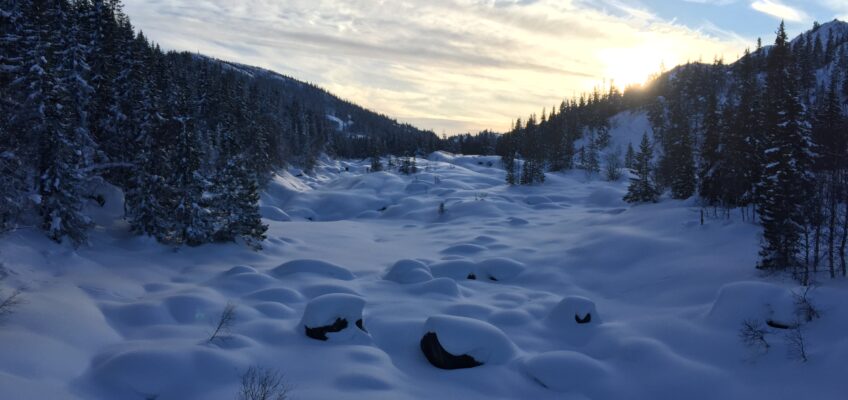
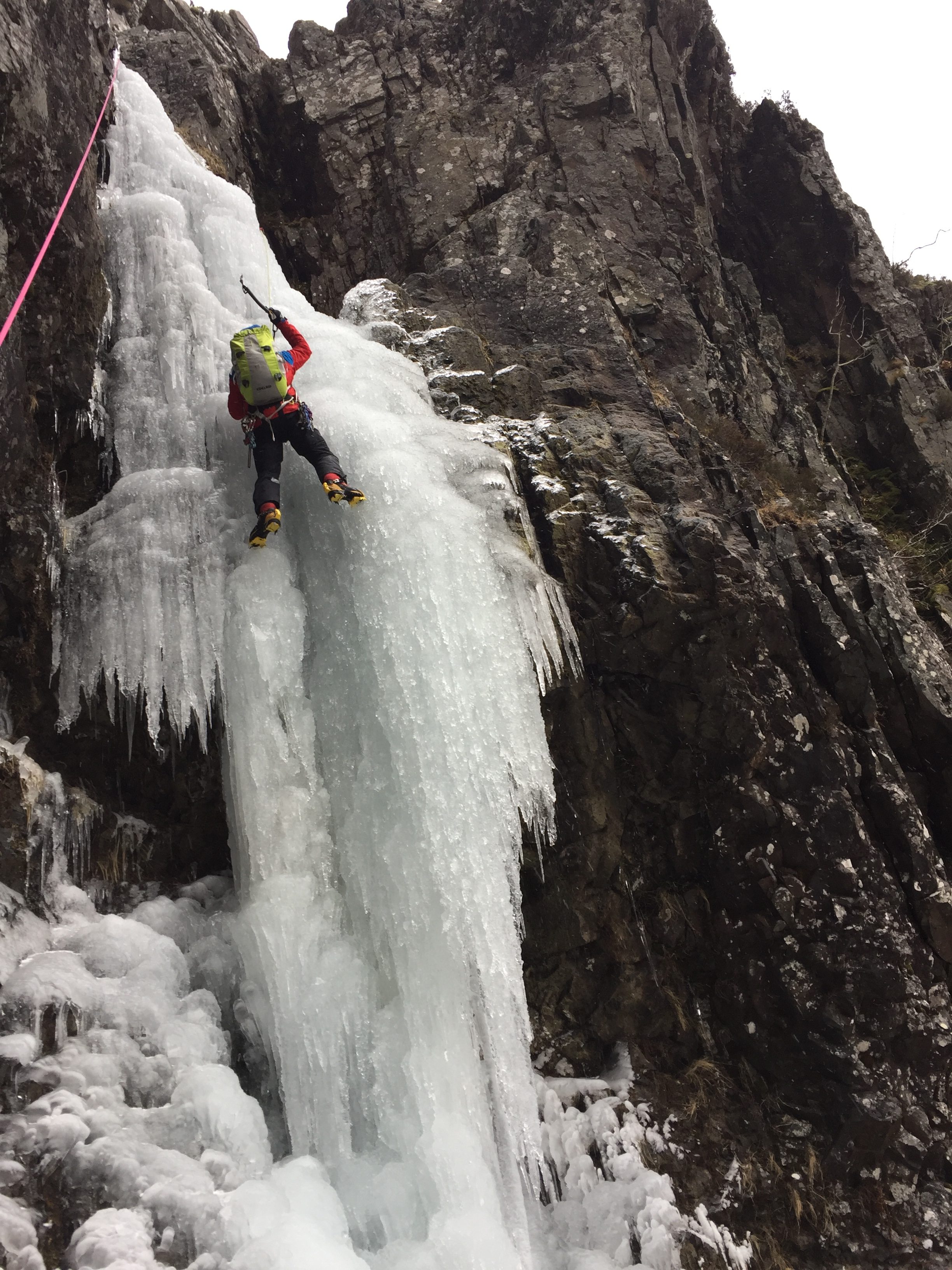
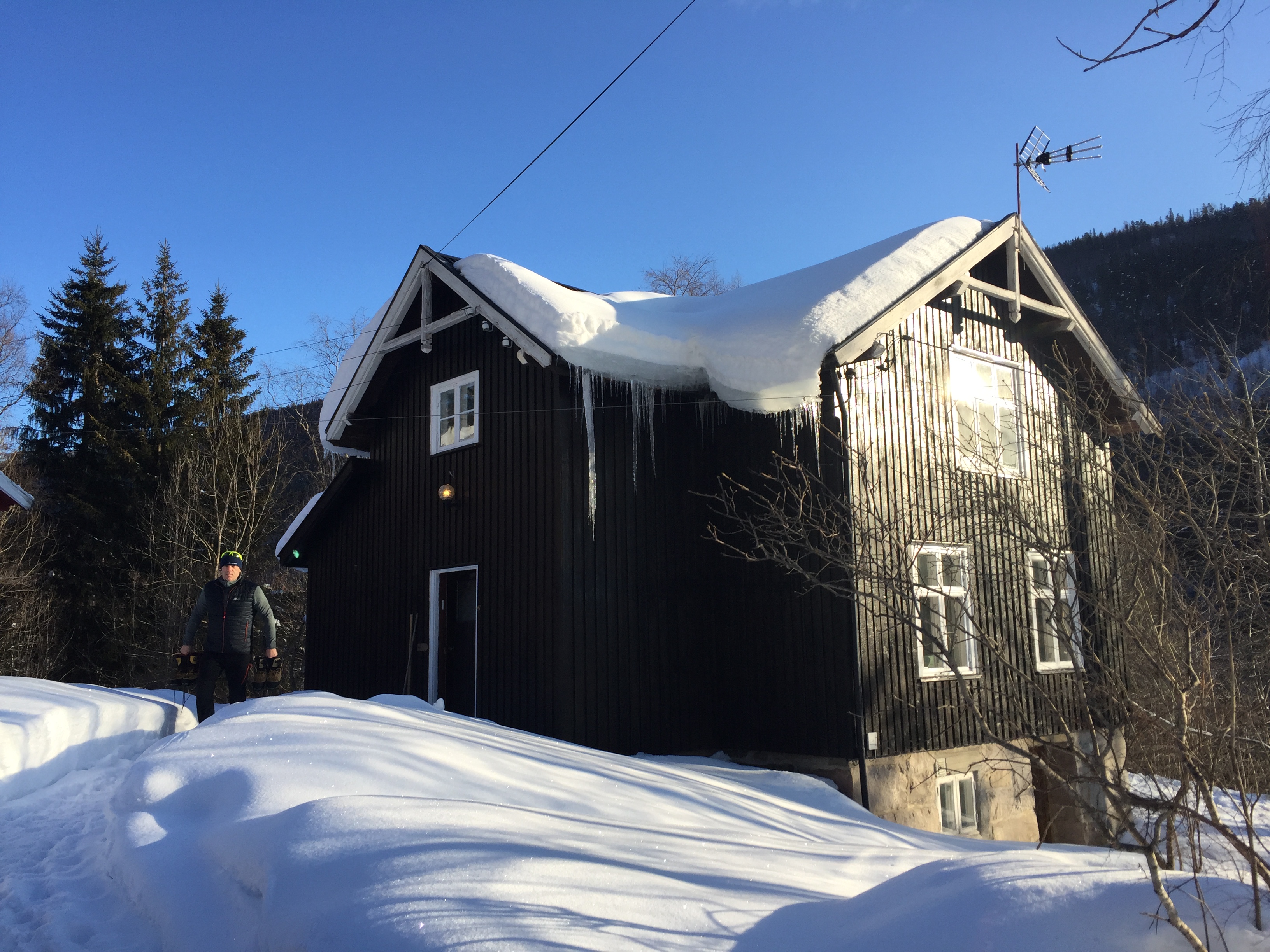
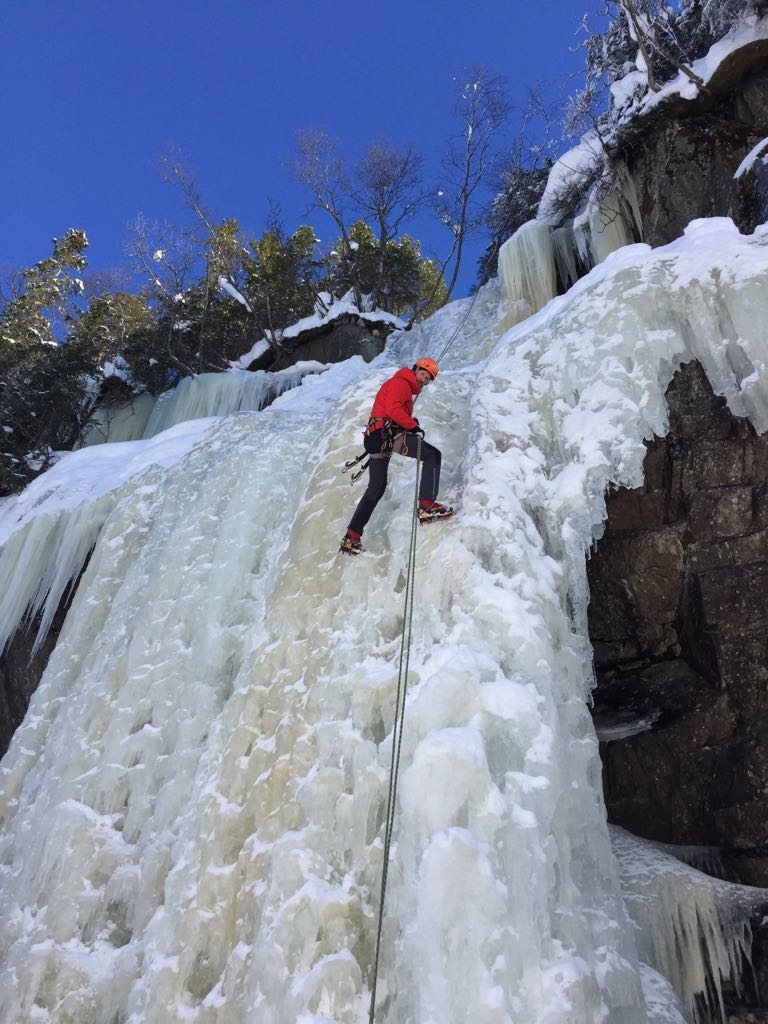
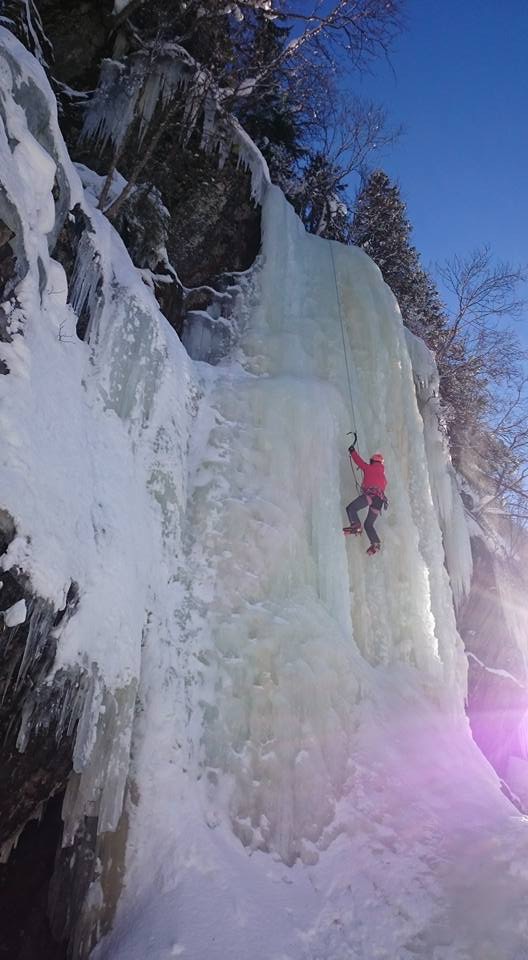
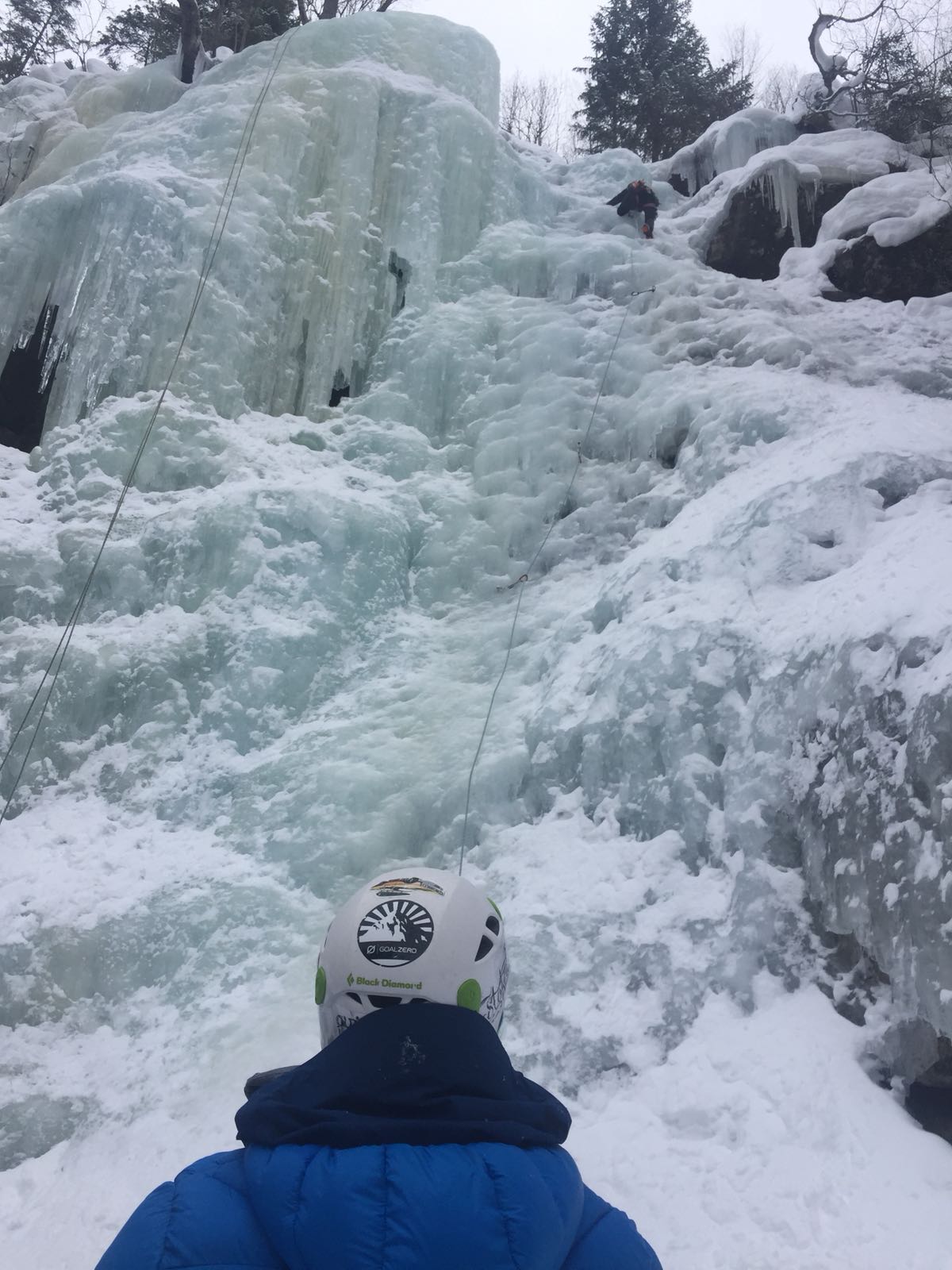
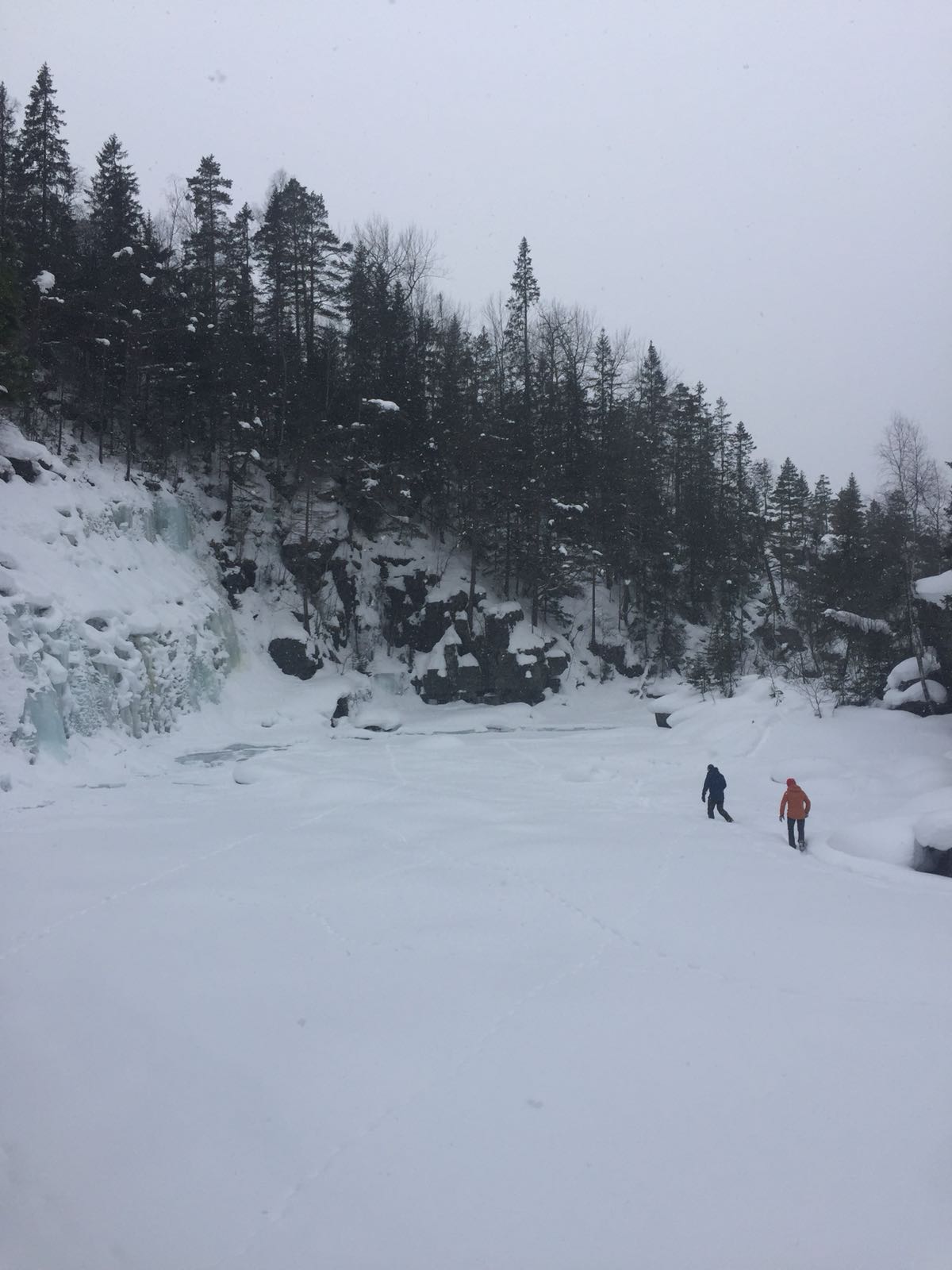


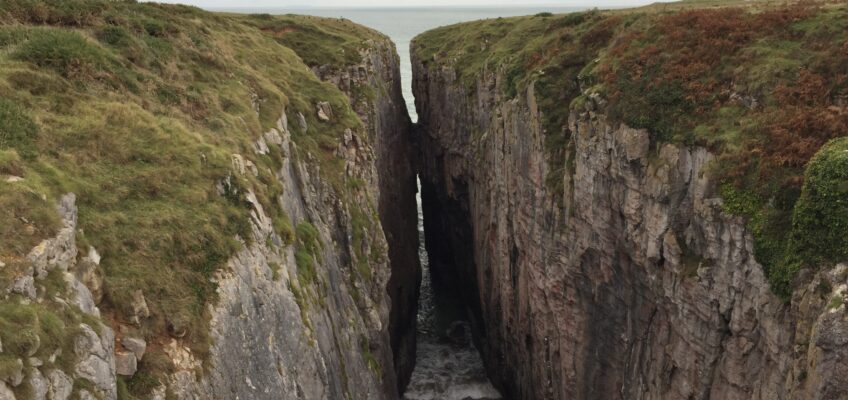
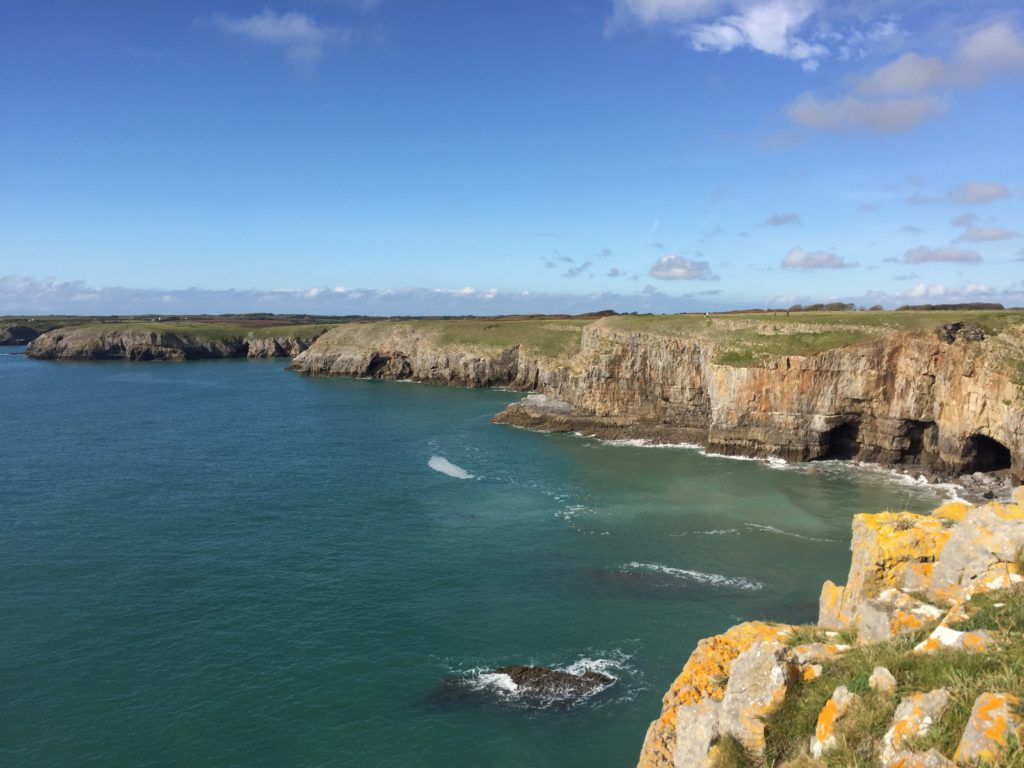
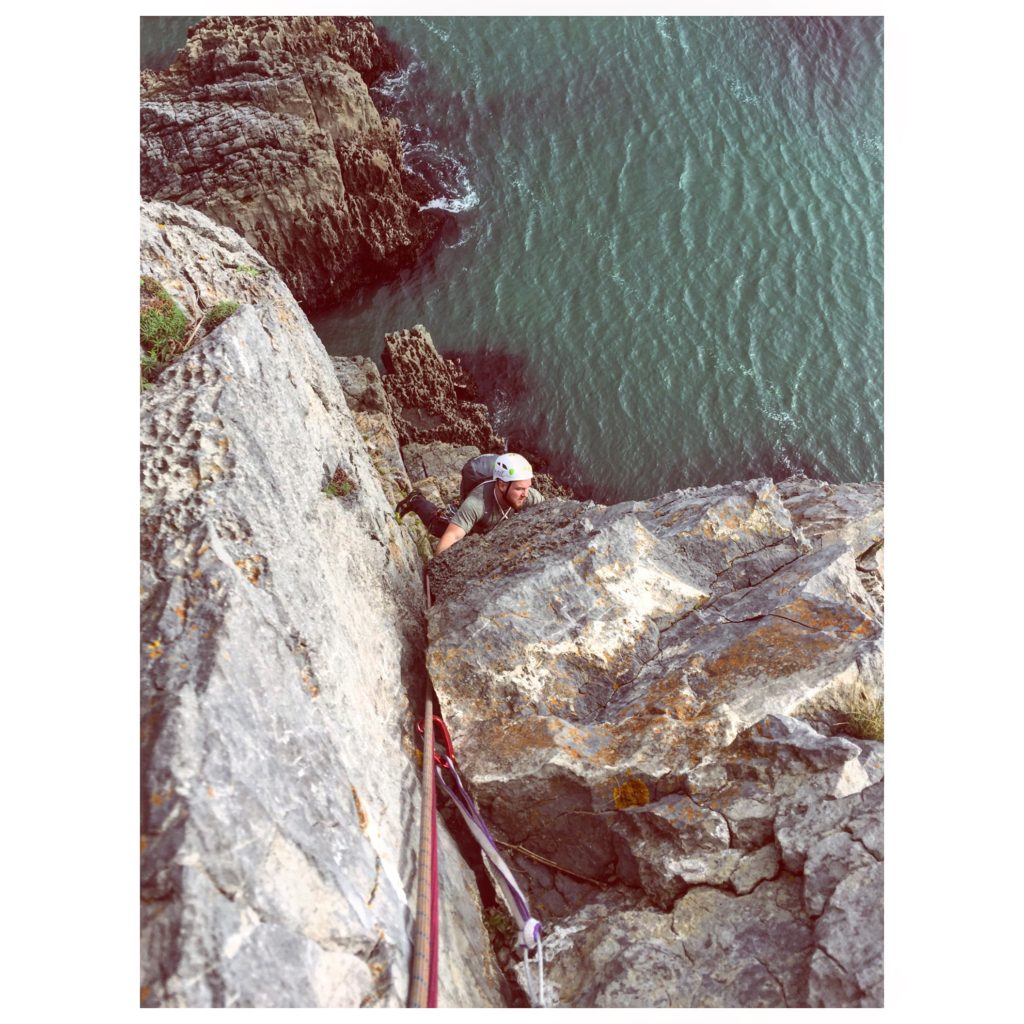
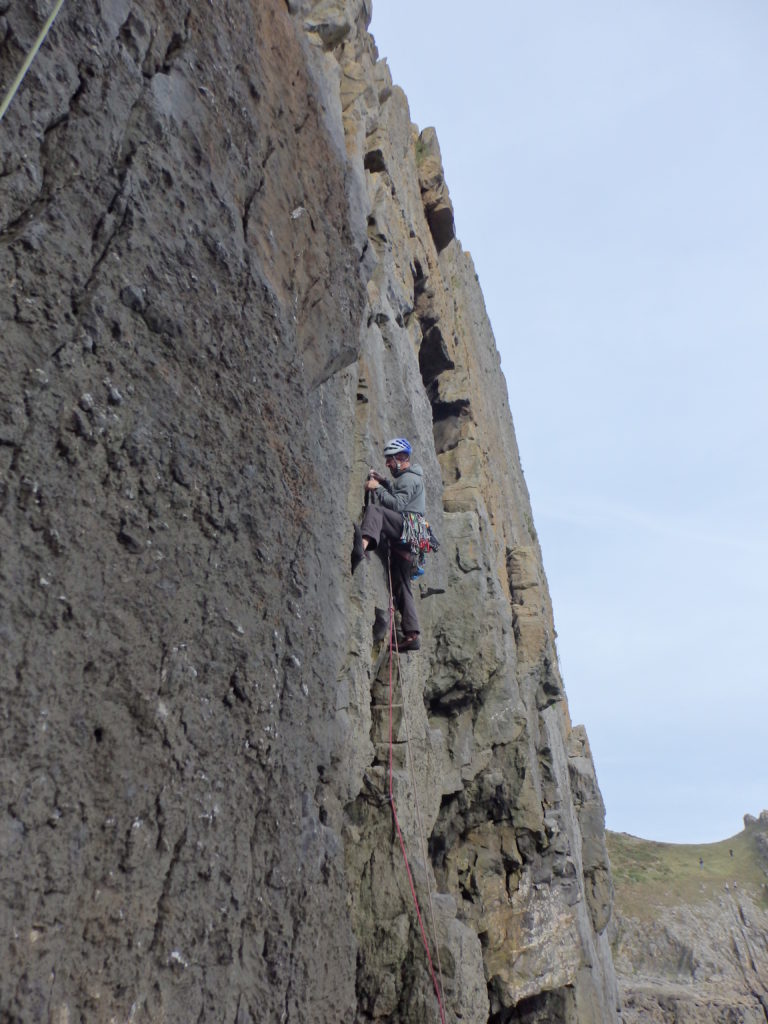
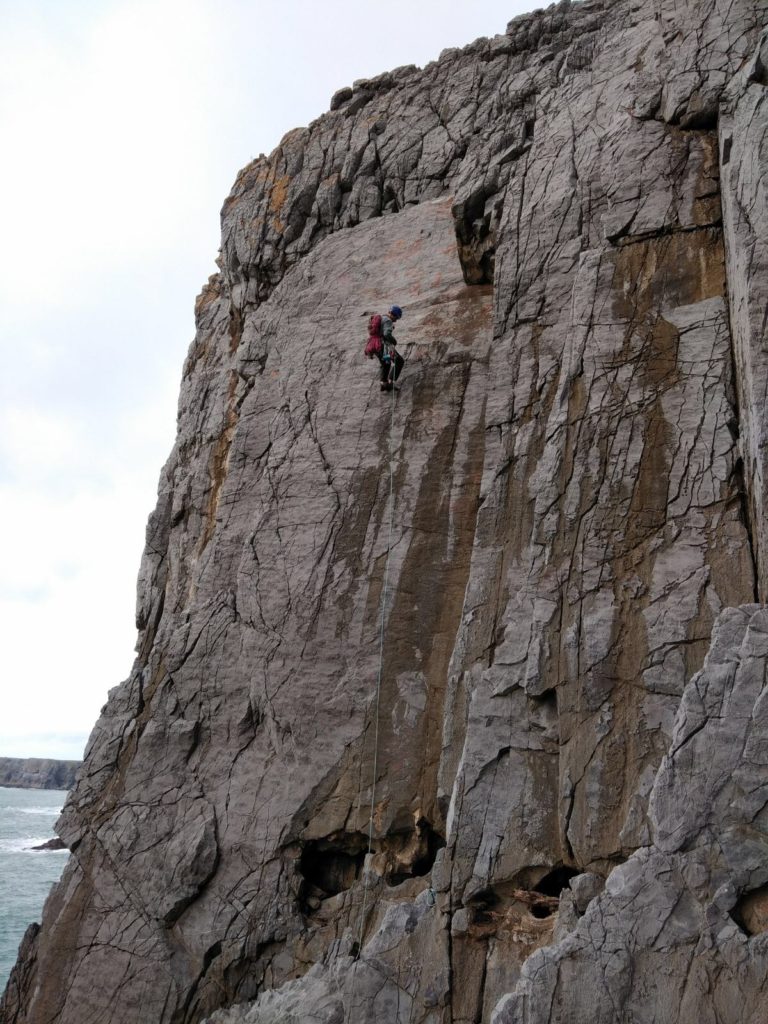
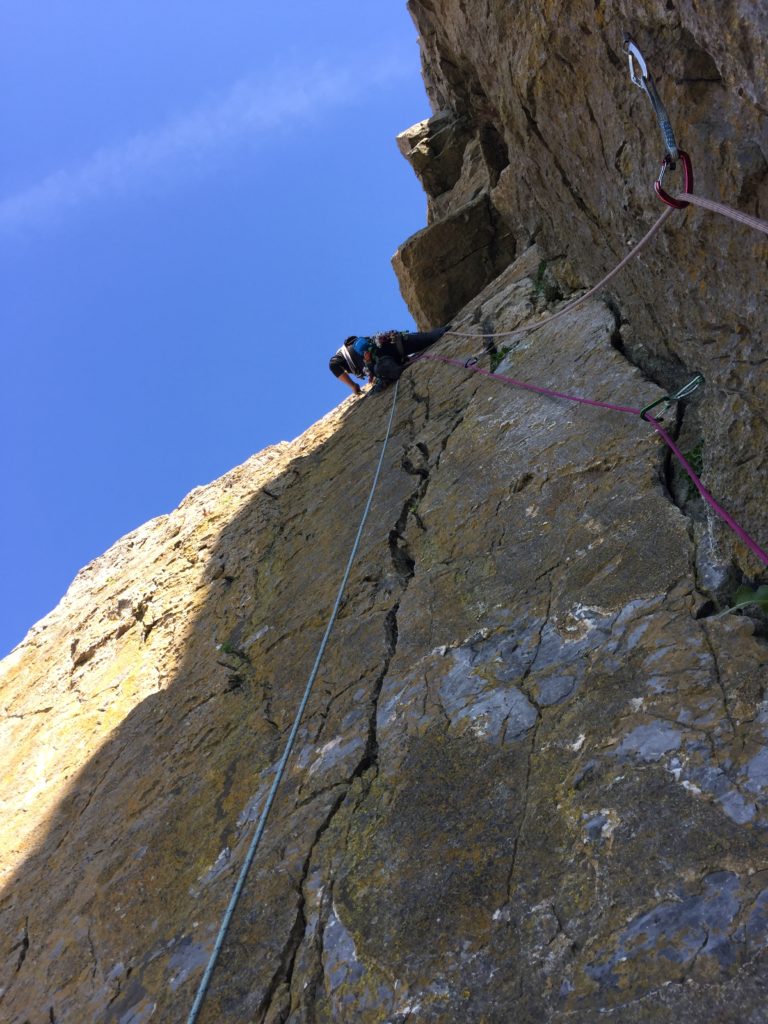
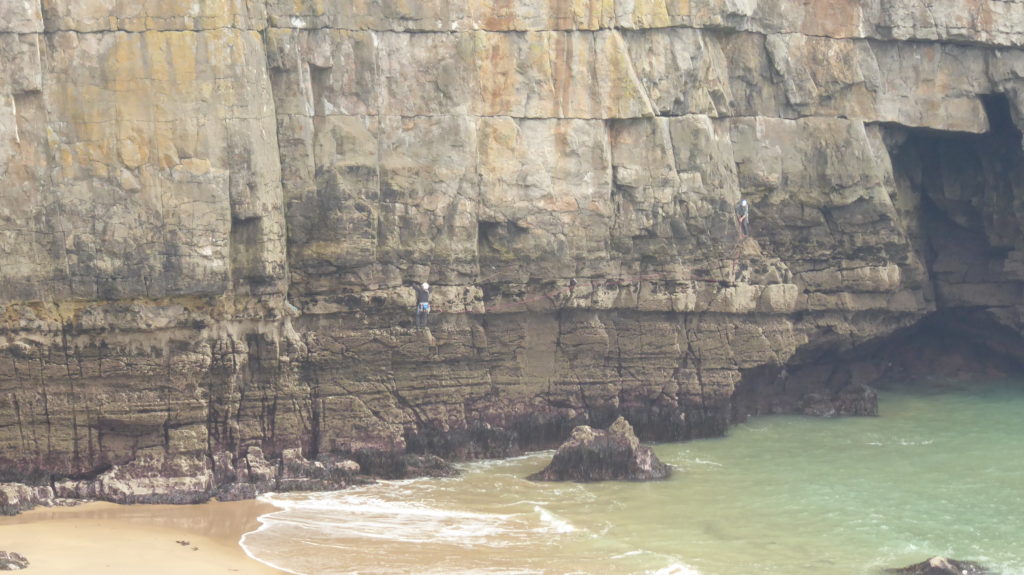
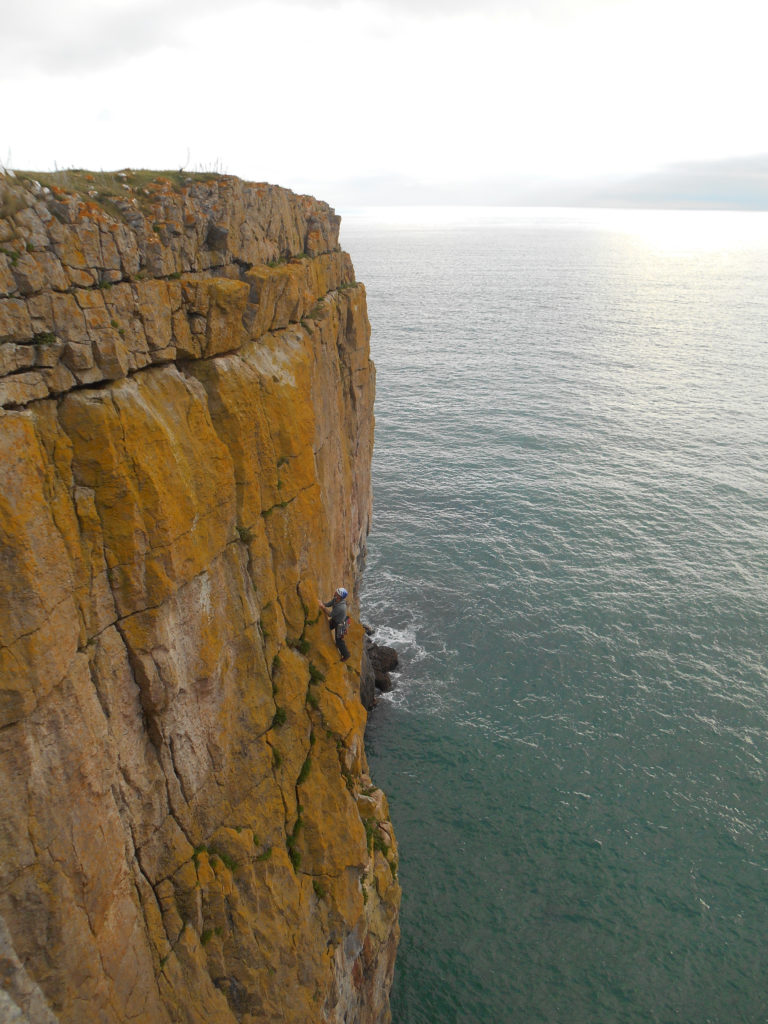
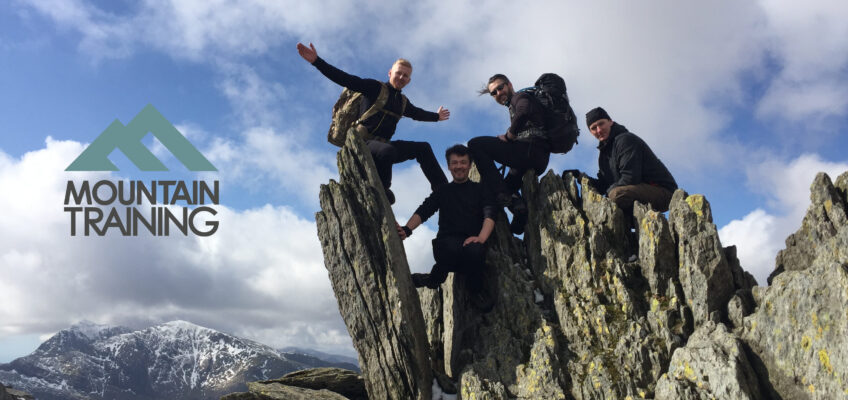
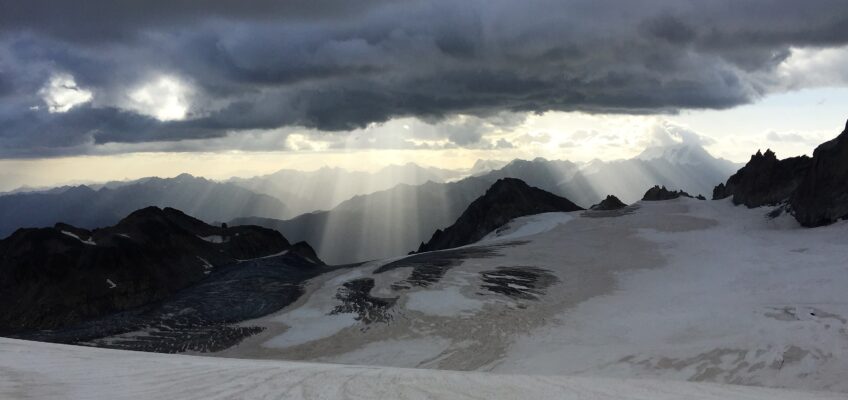
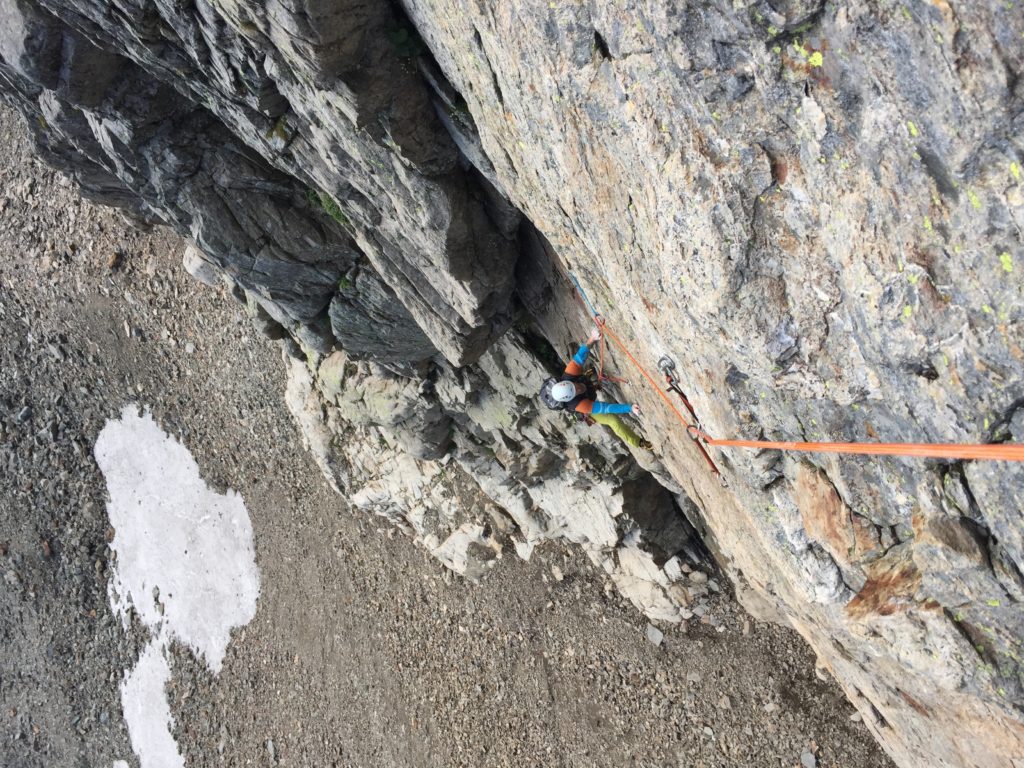
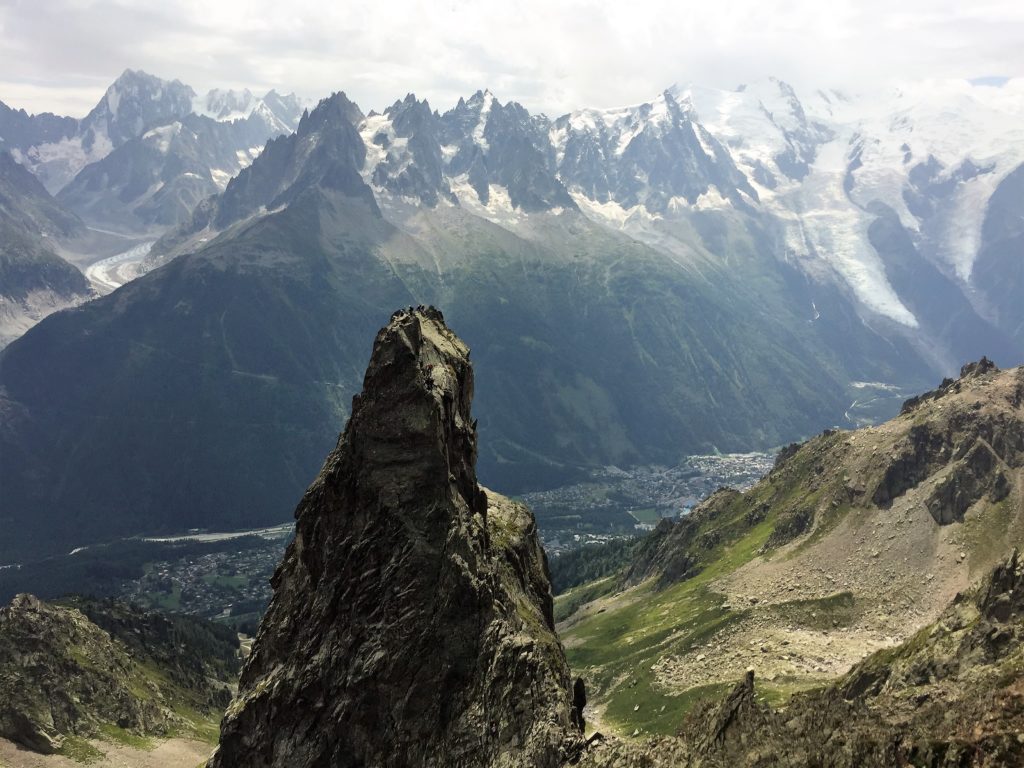
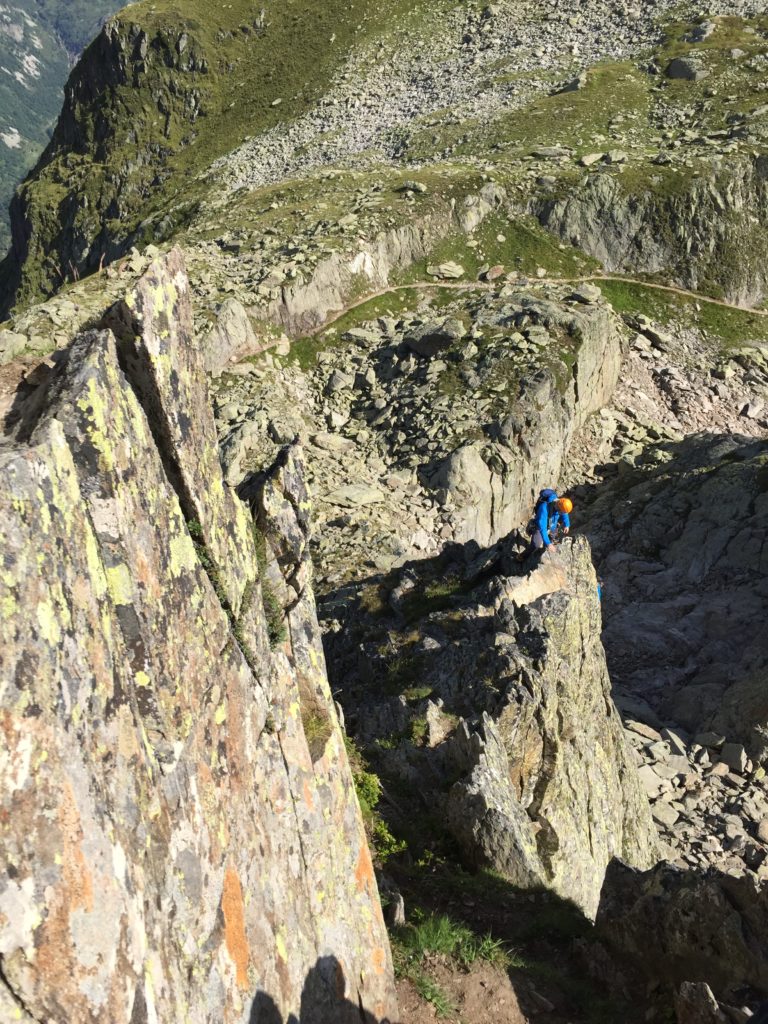
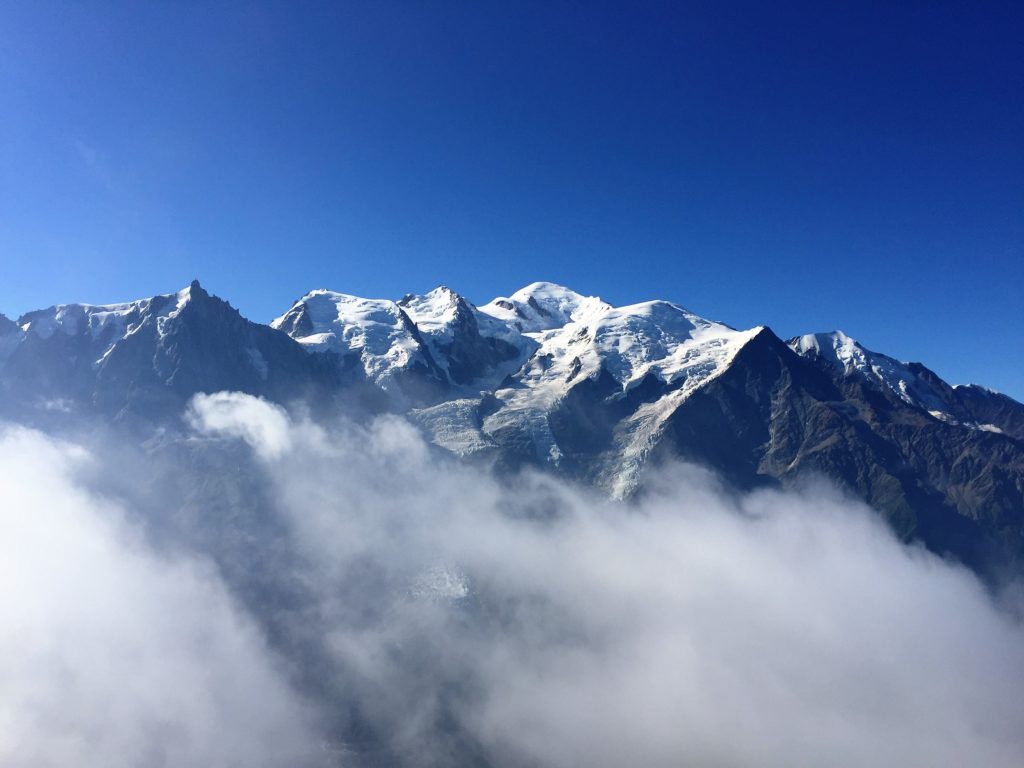
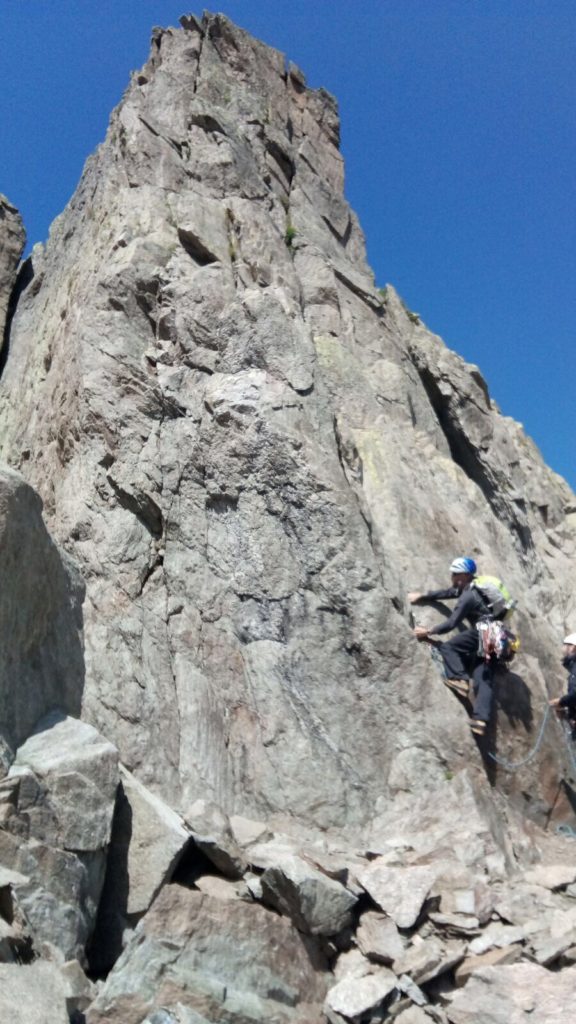
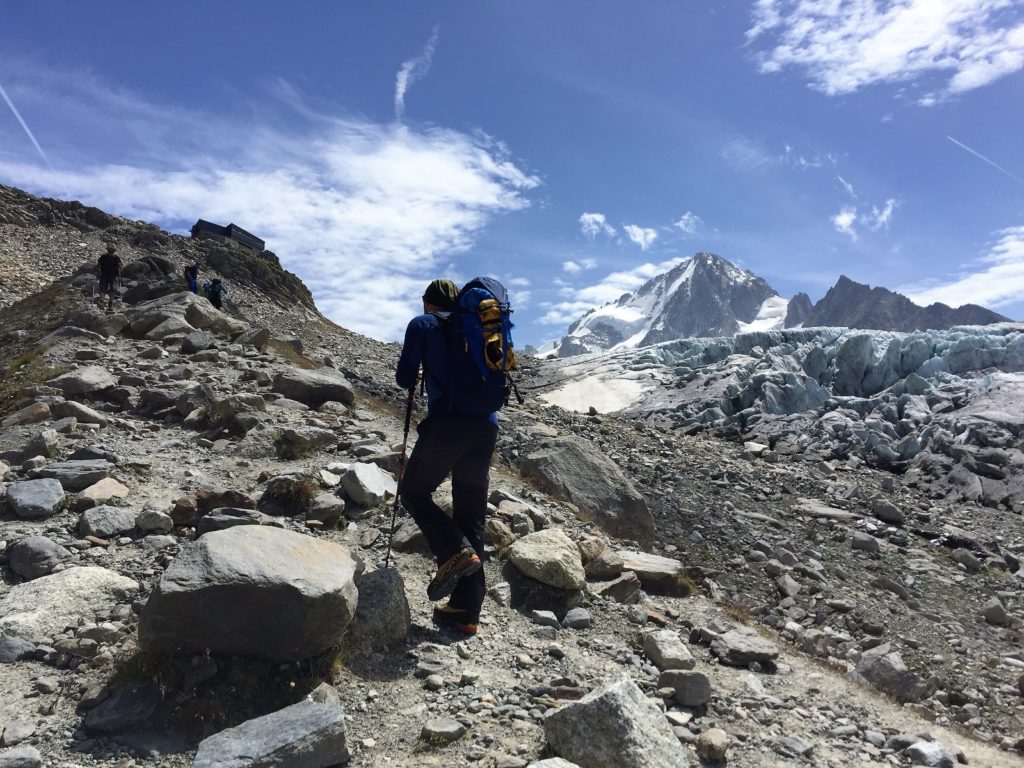
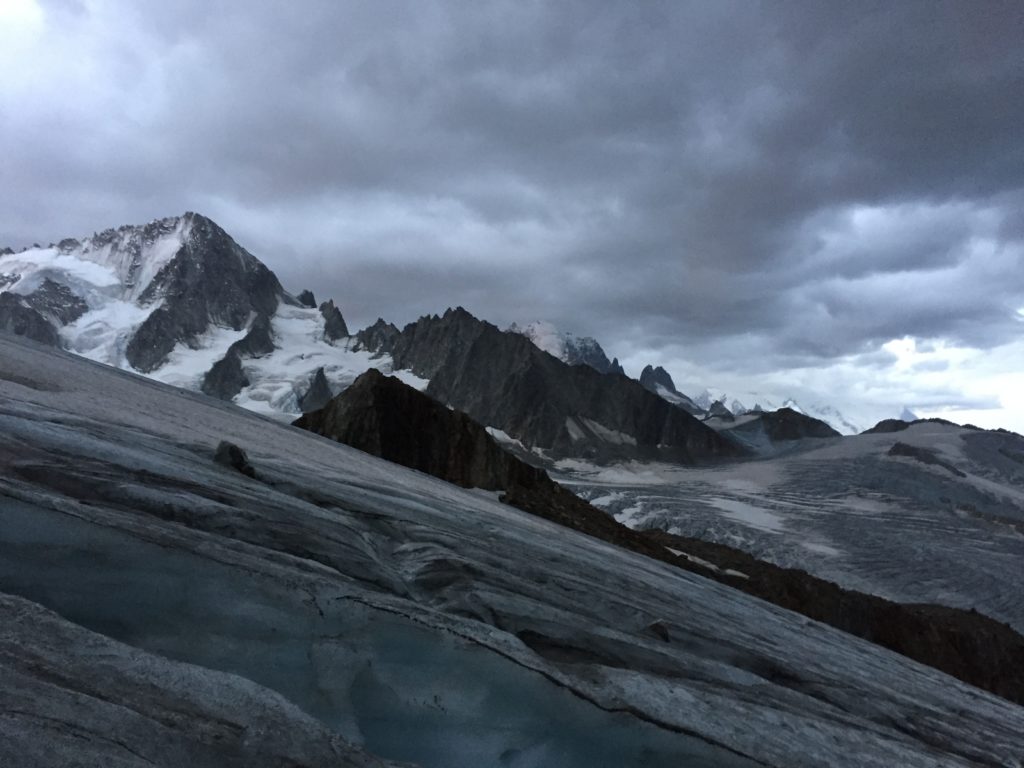
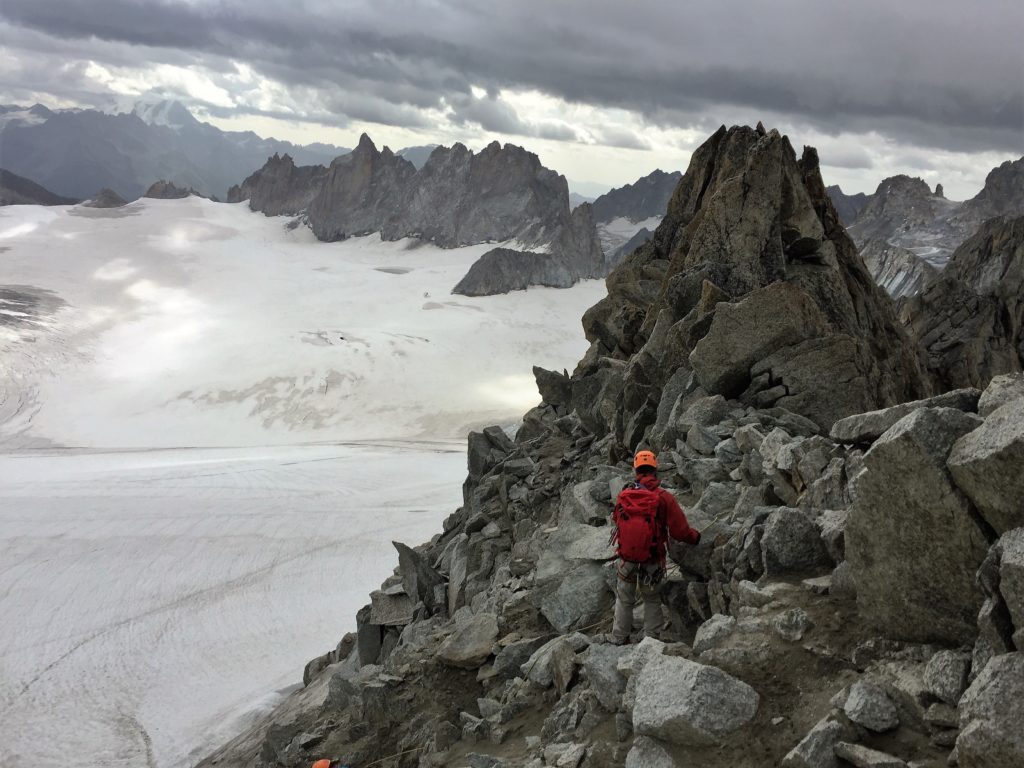 Heading down from the South Summit
Heading down from the South Summit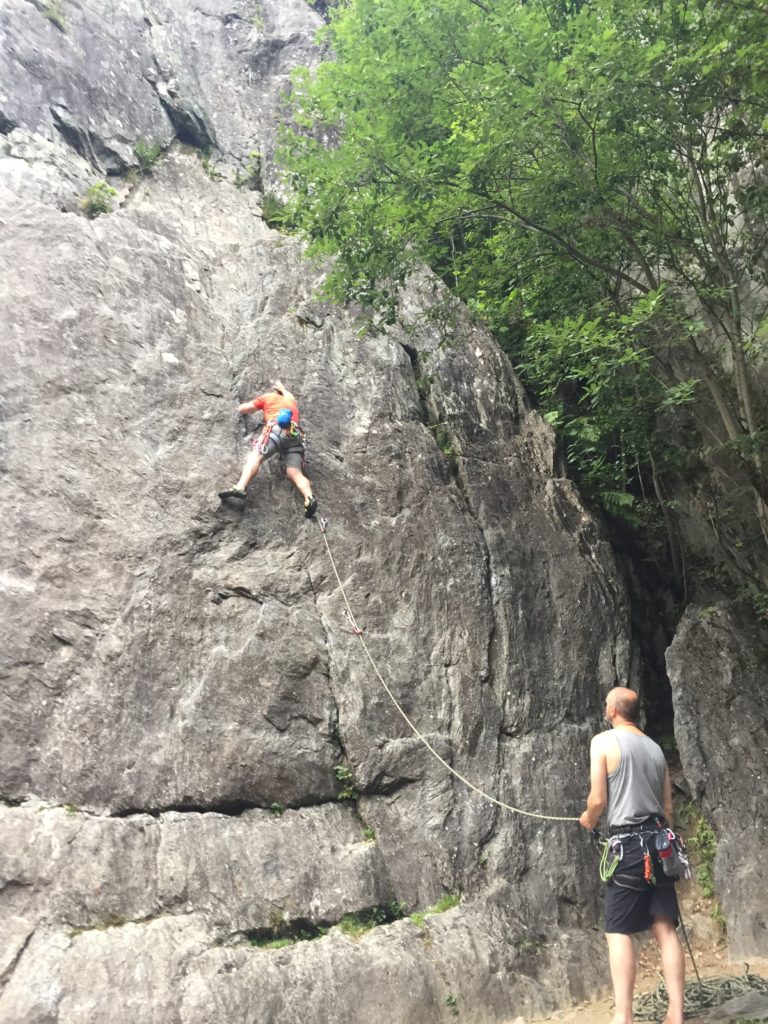
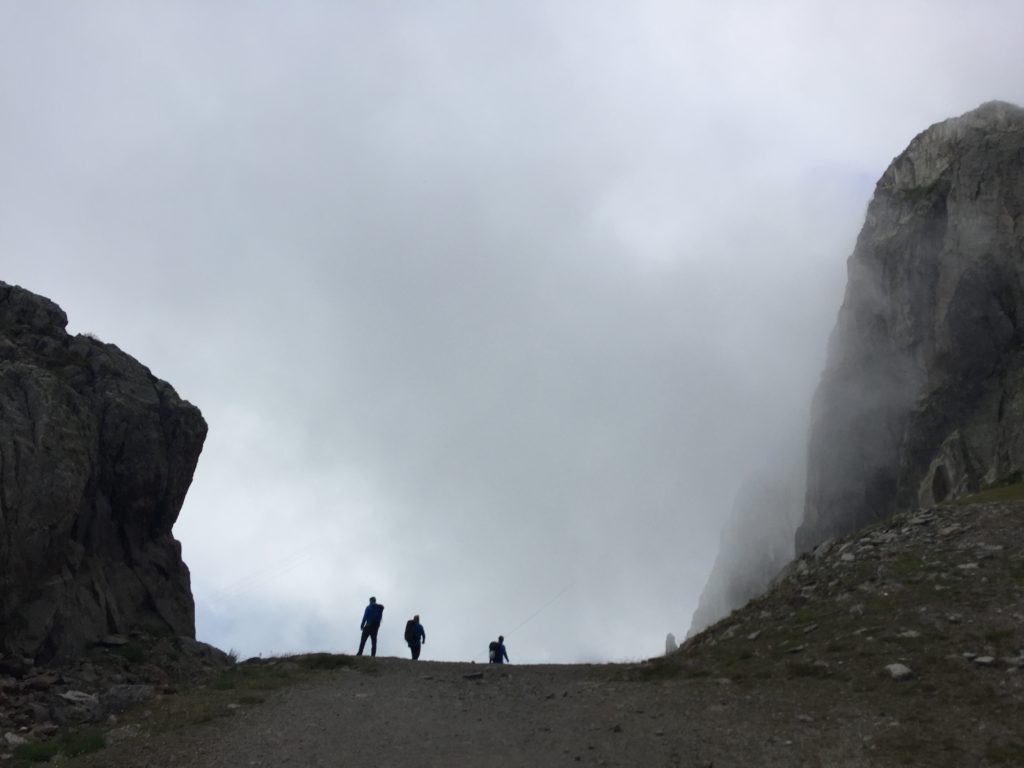
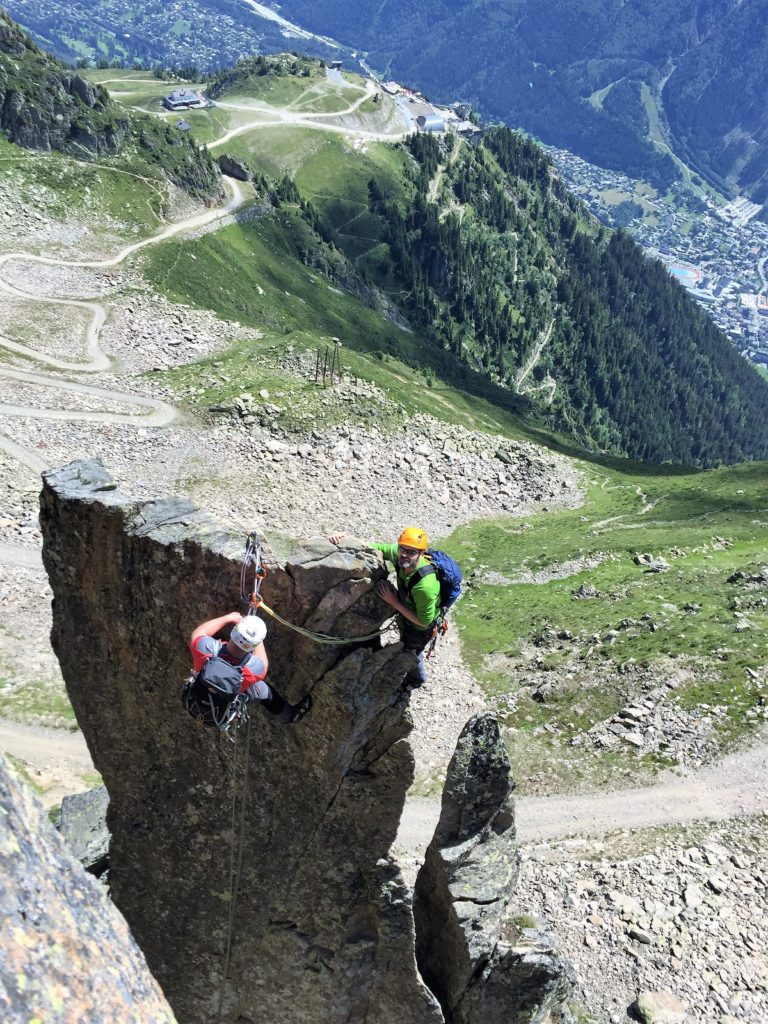
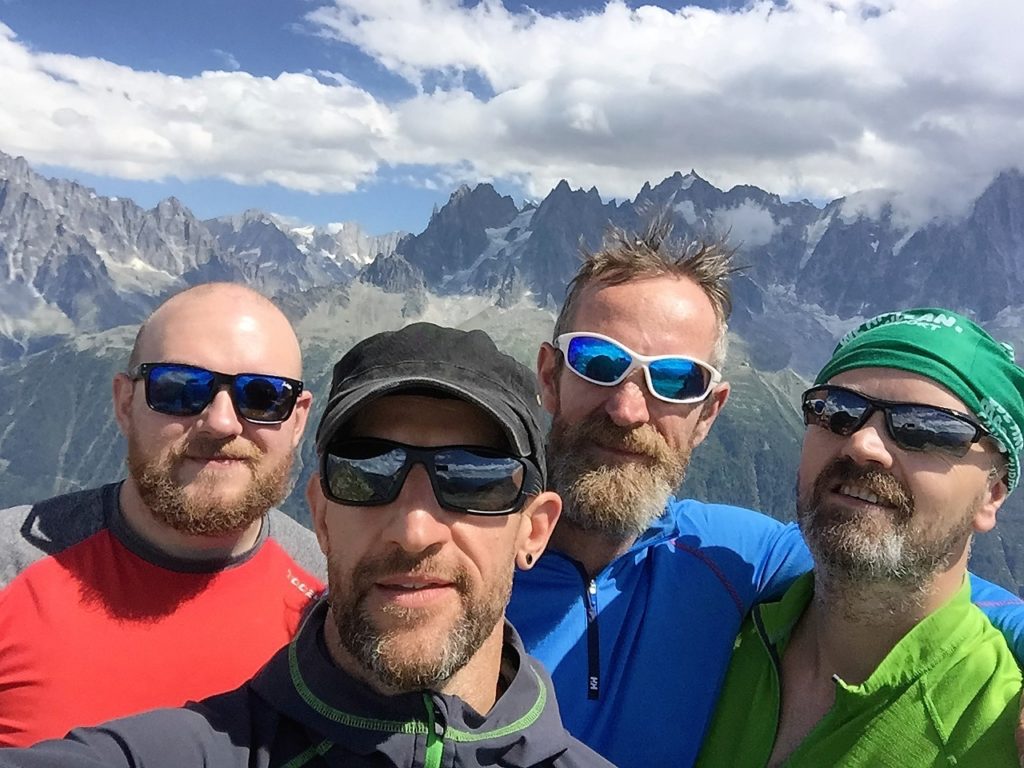
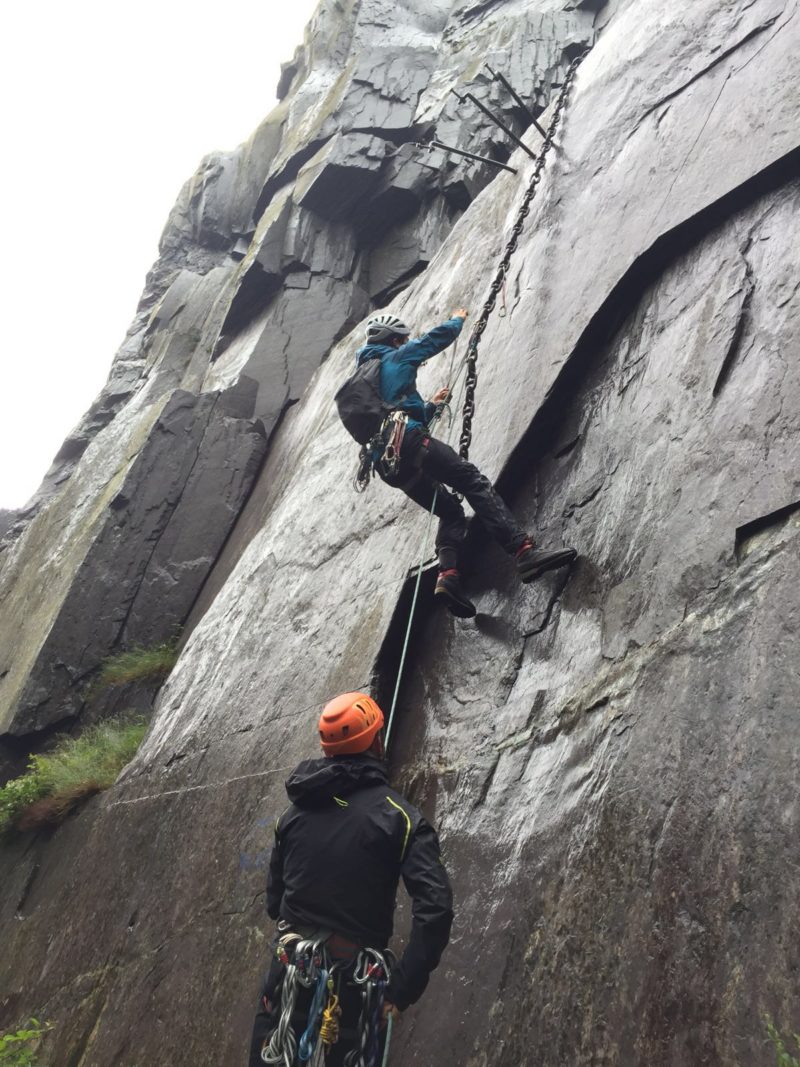
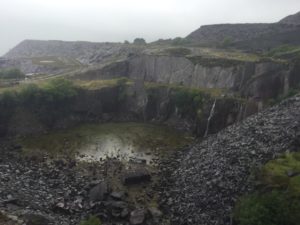
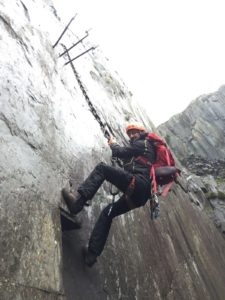
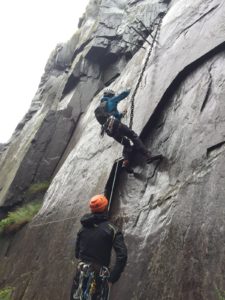 Tasmania and Australia
Tasmania and Australia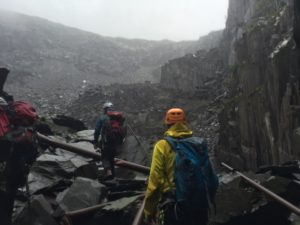
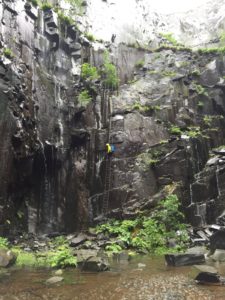 Mordor
Mordor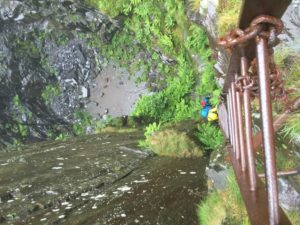
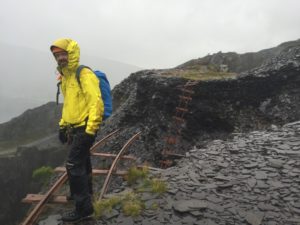
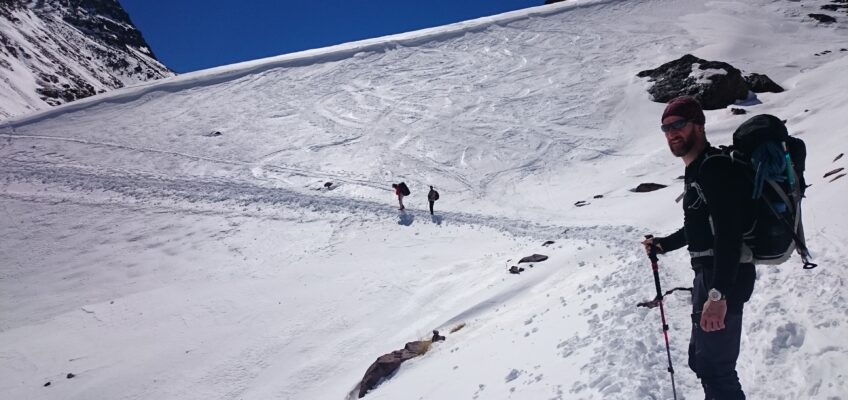
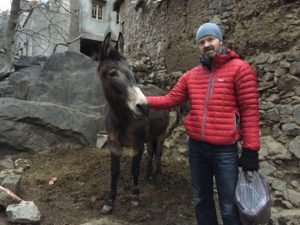 ad 50 miles south, away from the mayhem to Imlil a
ad 50 miles south, away from the mayhem to Imlil a 